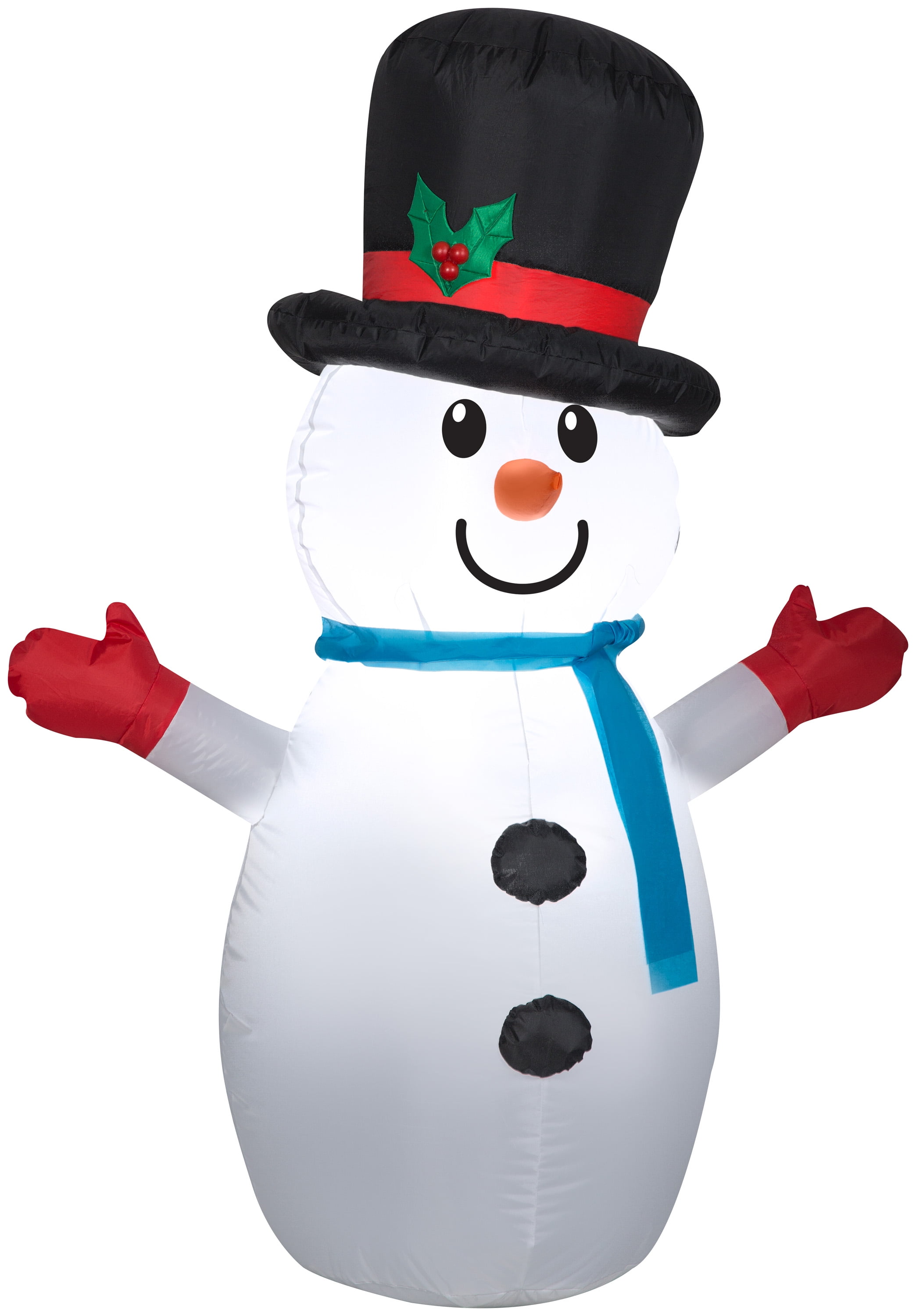

Some cam timers also have a fast forward mode, where applying power to a point on the controller causes rapid advance of the mechanism. For intermediate temperatures, the cam mechanism uses the stop and wait method to heat to the nearest temp below the one desired, then uses only fixed timing of the heating element to increase the water to the desired temperature. Usually washing machines thermostats have fewer fixed temperature detection points than the number of wash temperatures used. The timer sequence switches the cam motor off, and the motor is started again by the signal from the thermostat when the required temperature is reached. To achieve this, the cam motor subjects itself to control by one of its switches. With washing machine cam timers, it is necessary to wait a variable amount of time (for example waiting for a tank of water to heat up to a preset temperature). The most basic type of cam timer rotates continually, which is not suitable when needing to wait for events that occur at variable times. They are gradually being superseded by microprocessor-controlled systems, which have greater versatility, and thus can more easily respond to various feedback.Īnother example is the usage in electromechanical pinball machines, where the Cam timer is also known as a 'Score Motor'

The most common use for cam timers is in automatic washing machines, where they are used to drive the washing sequence according to a pre-programmed pattern. In consumer products like washing machines, they were replaced with ASICs or microcontrollers. Cam timers in industry were superseded with the introduction of programmable logic controllers (PLCs), which offer improved flexibility and more complicated control logic functions. The cam followers often operated hydraulic valves. Primarily, these sequencers were used in industrial applications to enable automated manufacturing processes.Ĭam timers and drum sequencers were primarily used with industrial machines to control repetitive sequencing operations. Occasionally more complex timers with two motors are seen.Ī drum sequencer is a re-programmable electromechanical timing device used to activate electric switches in repetitive sequences. Most cam timers use a miniature mains synchronous motor to rotate the mechanism at an accurate constant speed. By controlling the timing and sequence of switches, the drum performs repetitive switching operations. Where the peg lies along the circular circumference of the drum determines at what point in the spin of the drum the peg will activate the switch. The placement of the pegs along the length of the cylinder determine which switch along the length of the drum it will activate. Much like the pegs in a music box cylinder activate the notes, in a drum sequencer, as the drum of the sequencer spins, the pegs run across switches activating machine processes. The switches then operate different elements of the controlled system - for example motors, valves, etc.Ī programmer may change or rearrange (reprogram) peg or cam positions. By arrangement of the cams and switches, complex sequences of opening and closing switches can be made. Indentations or protrusions on the cams operate the switches at different times.

The motor rotates at a fixed speed, and the camshaft is driven through a speed reducing gearbox at a convenient slow speed. Associated with each cam is one or more switches.

Walmart timer clock series#
4 Replacement with electronic controllersĪn electric motor drives a shaft on which is arranged a series of cams or a drum studded with pegs along its surface.


 0 kommentar(er)
0 kommentar(er)
